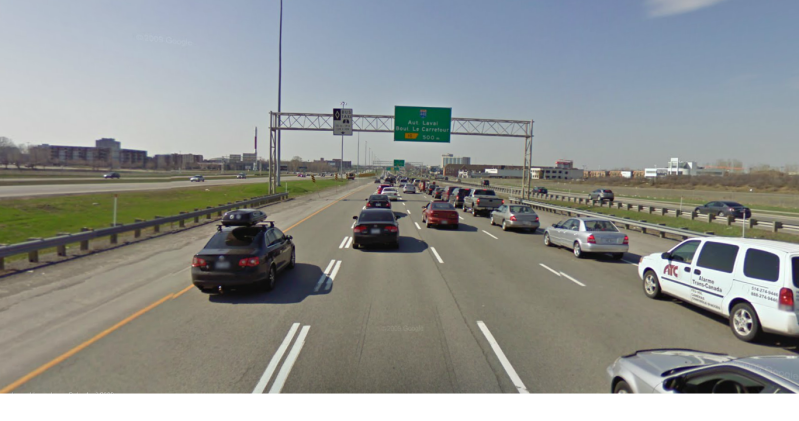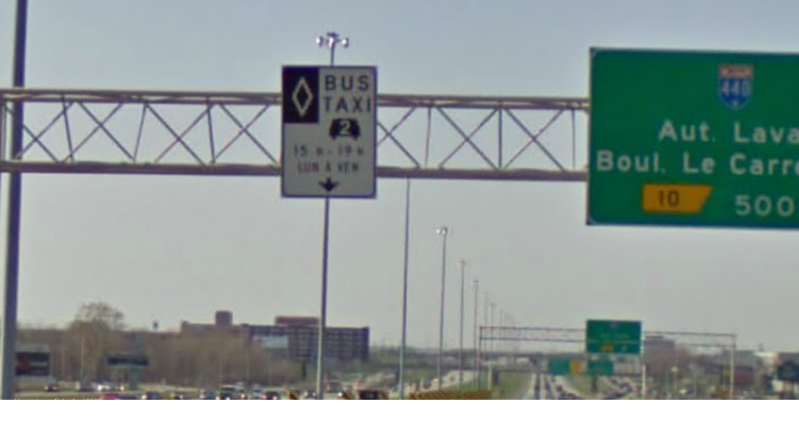Ontario needs a bigger 401
Everyone who drives on Highway 401 from Waterloo Region or Guelph toward Toronto knows how busy — and how slow — it can be. Particularly during what is fondly called “rush hour,” traffic usually crawls along and often stops.
Given this less-than-satisfactory reality, people should be pleased that the Ministry of Transportation has already started to think about expanding the highway from Hespeler Road in Cambridge to Halton Region. The timing is right. The ministry’s traffic projections predict that the highway between Hespeler Road and Highway 6 will need to have a total of eight lanes by 2016 and 10 by 2031. Between Highway 6 and the Halton boundary, the highway will need to be expanded to eight lanes by 2016 and perhaps 12 lanes by 2031.
There’s little doubt the planners are correct: southern Ontario’s population has grown dramatically in recent years and shows no sign of becoming static.
As it considers the future of the highway, the ministry has offered an intriguing idea. It has suggested that it could design what are technically known as lanes for “high-occupancy vehicles.” The ministry would permit only vehicles with two or more people to use the lanes.
In principle, the idea of special lanes for vehicles with at least one passenger is sensible and attractive because it would help rein in traffic volumes. It would encourage drivers to contact friends, relatives and work colleagues to see if they can travel in the same vehicle if they are going to the same destination. Anything that will reduce the number of vehicles on Highway 401 is worth exploring because it would improve the trips of those who have no choice but to take the highway.
It’s important, however, that the ministry plan this new lane with care.
For instance, which lane should the ministry designate for the high occupancy vehicles? If the ministry chooses the inner lane, it would prevent drivers from using that lane as they currently do to pass other vehicles. Which lane would become the passing lane?
Clearly, managing the transportation needs of people in southern Ontario will challenge the wisdom as well as the budget of the Ontario government. The planned GO Train service between Toronto and Kitchener will take a few vehicles off Highway 401, and a more comprehensive train service would probably remove quite a few more. Unfortunately, the government has approved only minimal service to start: two trips to Toronto in the morning and two return trips in the afternoon. That’s not enough to encourage many drivers to change their transportation plans.
The province could probably also take a few vehicles off Highway 401 if it proceeded with the long-discussed expansion of Highway 7 between Guelph and Kitchener. Kitchener Centre MPP John Milloy has acknowledged that the government would like to replace Highway 7 but he added that the government cannot do this until it has more money. No one should count that occurring in the near future.
The ministry is holding public information sessions on its plans for the 401 in Cambridge today and in Aberfoyle on Thursday. Residents of Waterloo Region and Wellington County should use these sessions to help the ministry move us into the future.
------------------
So...who knows when the new Highway 7 will be built?!
Another thing the article brings up is which lane should be designated as the HOV lane. The one thing I don't like about the HOV lane being on the left is when there isn't high traffic volumes, you will have slower drivers in the HOV lane and also in the right lane. Then there is all the other drivers that drive much faster. I feel like it causes problems when the slower HOV driver tries to get off. Then on the flip side, it probably wouldn't be a good idea in the right lane either because in high traffic times, you will have people zooming by in the HOV lane and then very slow moving vehicles jumping through the HOV lane to get off.
If anyone can comprehend what I'm trying to say, what are your thoughts, opinions and experience with this?
Other related article links:
http://www.therecord.com/news/local/article/595854--waiting-and-waiting-for-a-promised-highway-7
http://www.therecord.com/opinion/editorial/article/598037--where-s-the-new-highway-7






